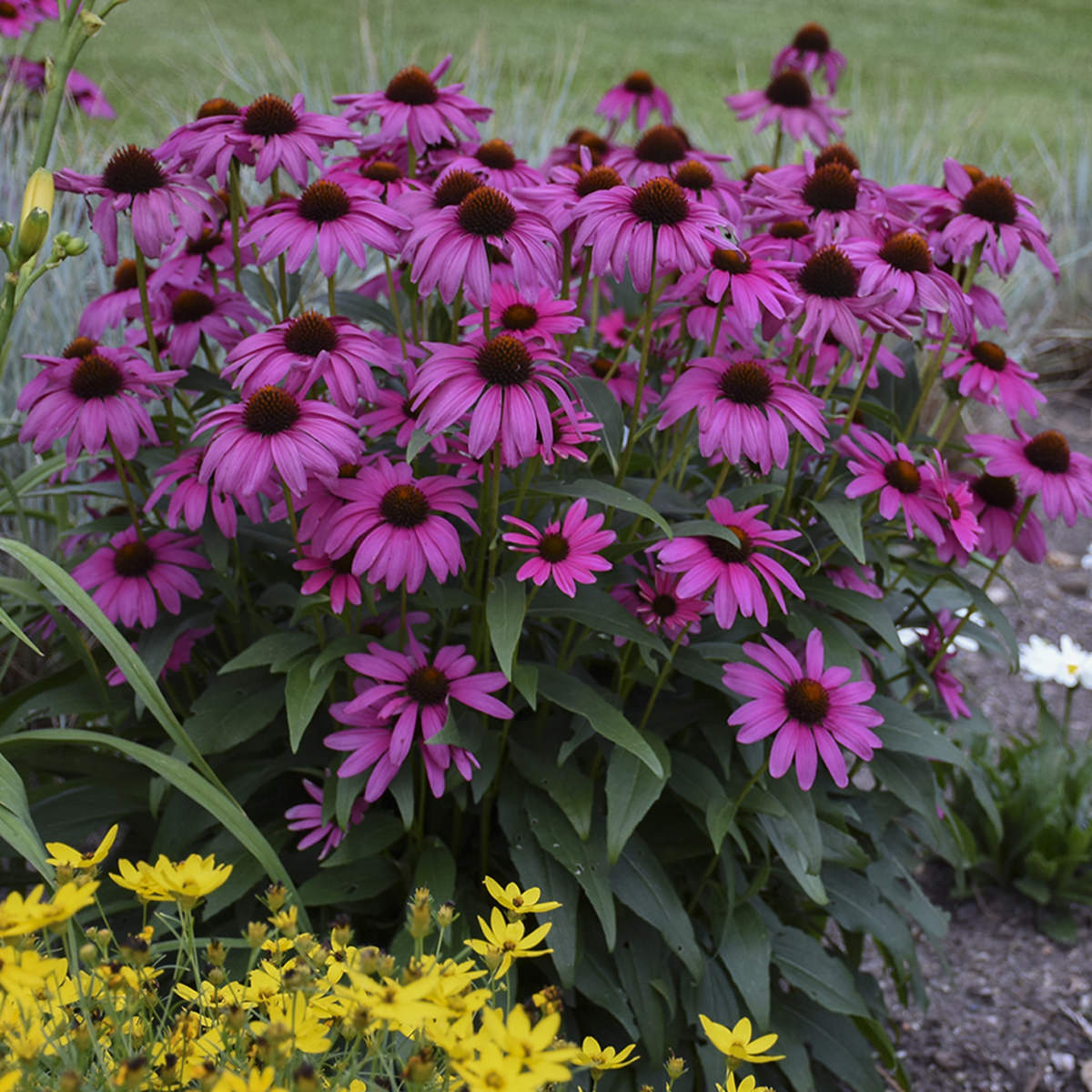
Unfortunately, buddleia species are not native to Ontario and many varieties are known to become invasive. Avoid using butterfly bushīutterflybush (buddleia) is a popular choice for a butterfly garden and often recommended by those in commercial landscaping. If considering cultivated species please ensure that the plant species are not known to “jump the fence” and become invasive.

Although native plants don’t have exclusive rights to nectar that butterflies seek, they have a long-standing relationship with our local butterfly species and provide countless other ecosystem benefits. We are big advocates for choosing only native species for a butterfly garden design. To learn additional butterfly gardening principles by purchasing It’s better to have healthy groupings of a few species as opposed to a wide diversity of singular plants. Plant diversity should be tempered based upon the size and scale of the project. This will better serve them by allowing them to spot the location and efficiently gather nectar by minimizing movement. Create blocks of colorĪ garden will be discovered by butterflies easier with groupings of individual plant species. Generally this can be broken down into spring, summer and fall blooming plants. Aim for continuous bloomĬhoosing species that bloom in different periods of the growing season will allow a garden to always have something to offer for butterflies. Therefore selecting a space with more than 6 hours of sunlight will increase the amount of plant species available and the likelihood butterflies will stay and feed. Key Points Choose an open sunny locationīutterflies require warm temperatures and bright conditions to fly and forage. Butterflies have little interest in pollen, unlike bumblebees and other pollinators, so they will target flowers specifically for the nectar rewards. Watching a monarch butterfly on Joe-Pye weed (which displays an umbel-shaped bloom with an array of tiny flowerheads) reveals how much the proboscis does the work, feeling around and systematically maneuvering across the flower head, as the body stays relatively stationary. Having a proboscis (essentially a straw) they will often gravitate towards plants with high concentrations of individual flowers or those with long tubular flowers. Mature butterflies seek nectar that is highly nutritious and easy to attain. Although there are other best practices to consider such as providing larval host plants, suitable habitat, a water source etc. This piece will discuss one primary function of butterfly gardening – attracting adult butterflies.

Fortunately, creating a successful butterfly garden is simply about following a few key principles and choosing the right plant species. Butterfly garden design is growing in popularity as a planting genre in the gardening community.


 0 kommentar(er)
0 kommentar(er)
